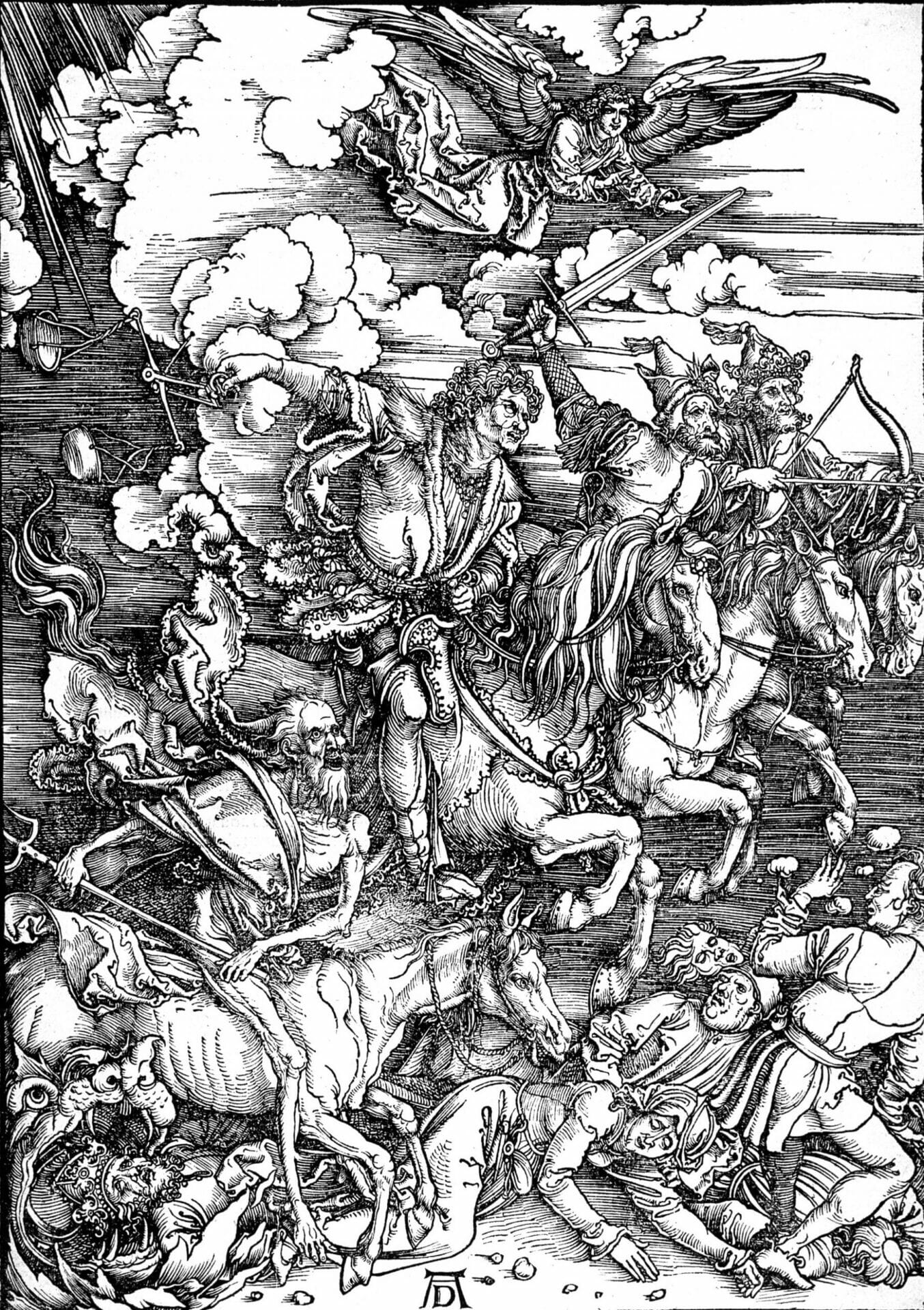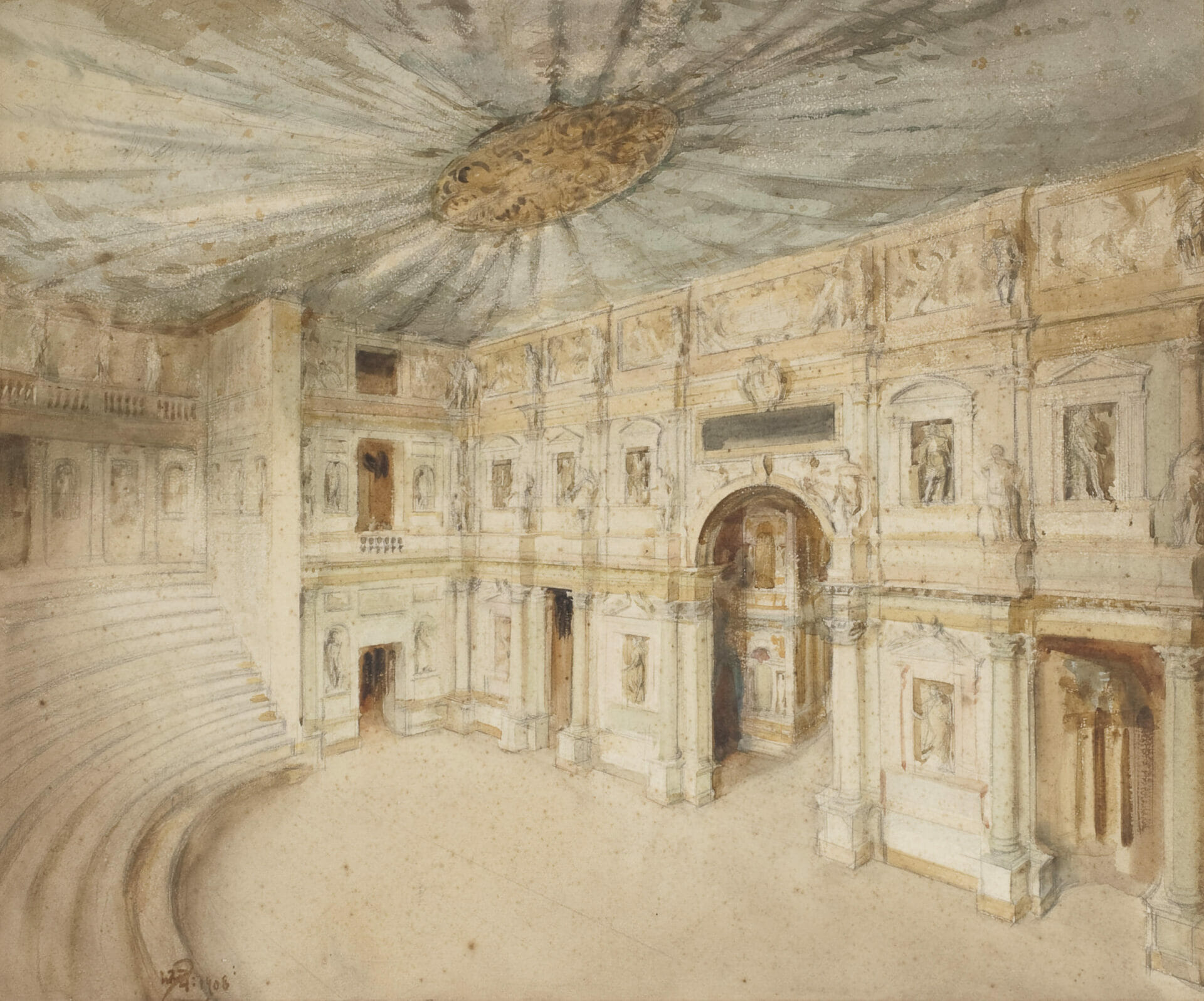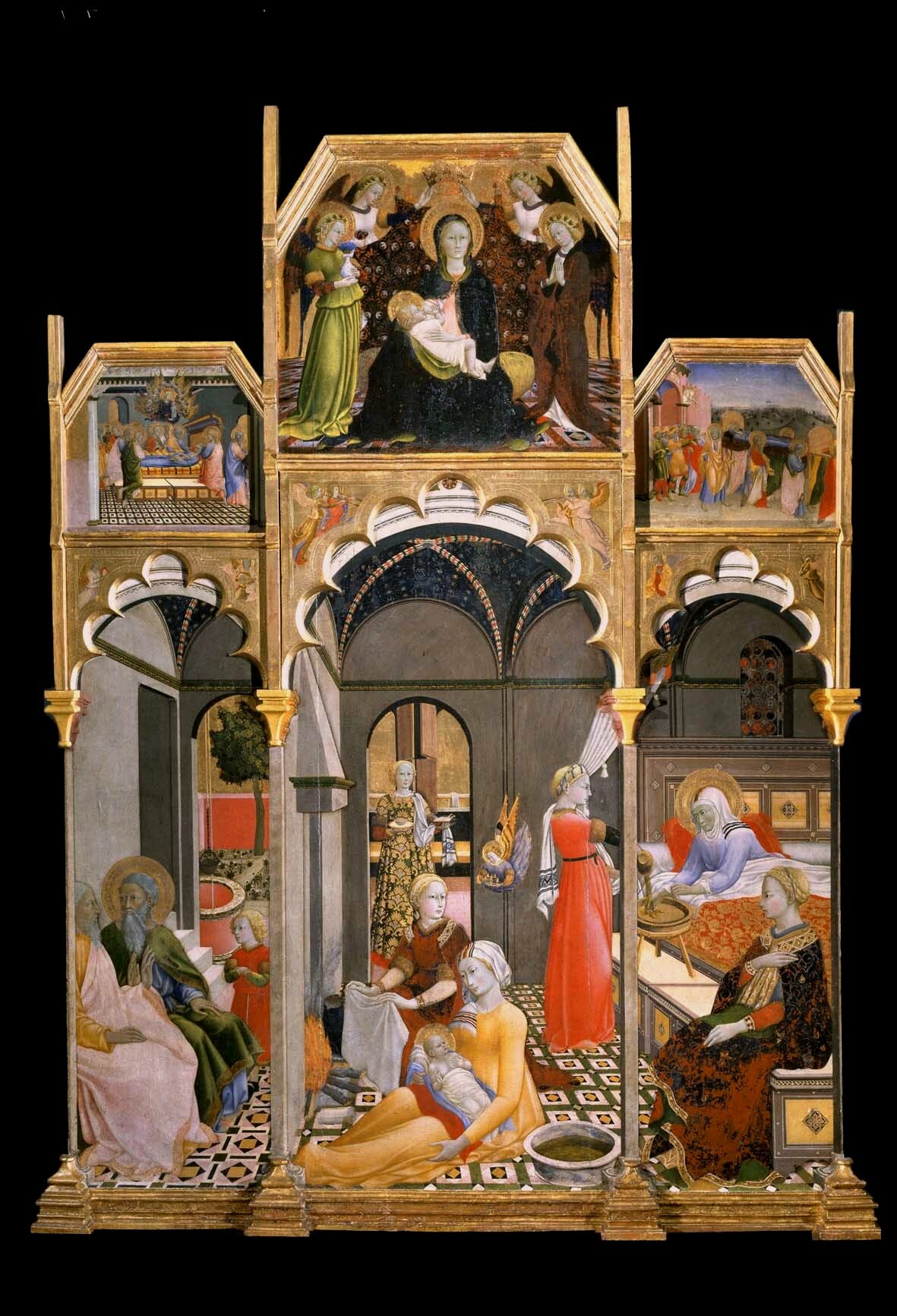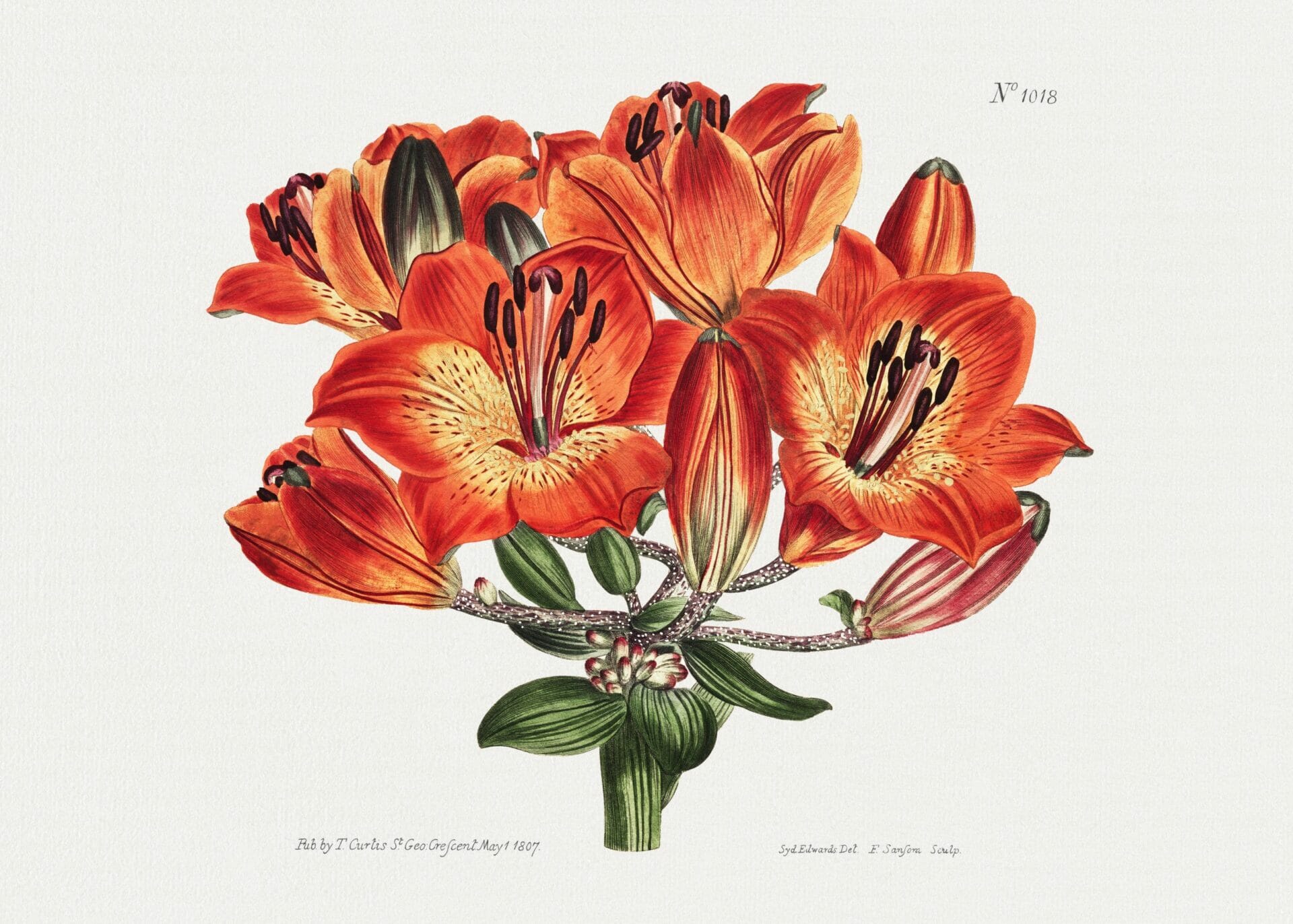
Torquato Tasso's Amyntas | A tale of the woods
Author
Year
In the summer of 1573, on the islet of Belvedere Sul Po, a fluvial island near Ferrara, there took place for the first time the representation of the pastoral drama Amyntas by the Italian poet Torquato Tasso. The work was commissioned by the Este family in Ferrara, for whom Tasso wrote at the time. During the Renaissance, poets often offered their poetic skills to illustrious families, celebrating them in their works, in exchange for hospitality and economic compensation.
A pastoral drama
Who would believe within this human form
and underneath all this pastoral garb
there would be a found a god? Not just a woodland
deity or rank plebeian sprite,
but one amidst celestial omnipotent!
The work, written in hendecasyllables and septenaries, takes place across five acts and follows the model of the pastoral drama. This genre was a popular poetic model in the sixteenth century, especially at the Este’s court, and has its roots in the Greek satyr plays. The classical genre, rich in sylvan settings and imbued with sensual depictions, involved a mixture of the tragic and the comedy genre.
The other classical literary precedent is the Eclogues of the Latin poet Virgil, which had had a wide consensus in the Renaissance courts. At the end of the fifteenth century, the work Arcadia of the Neapolitan poet Jacopo Sannazzaro sets the first modern precedent of pastoral drama, which has since become a pivotal poetic genre of the Italian Renaissance.
A tragic love with a happy ending
The story follows the attempts of the shepherd Amyntas to conquer the nymph Silvia. The first two acts present the main characters and a series of adventures and failures. In the third one, the shepherdess Nerina mistakenly makes Amyntas believe that Silvia was torn to pieces by some wolves. The desperate shepherd then decides to commit suicide by jumping off a cliff. Silvia returns in the fourth act, clears up the misunderstanding about her death, and receives the news of Amyntas’ suicide, desperately realising her feelings for him. Amyntas, however, is still alive because of a miraculous bush that blocked his fall. He regains consciousness allowing finally the two to get married in the fifth and final act.
Let my nymph welcome me
After brief prayers and service brief;
And let the condiments
Of our sweetnesses
Not be such grave torments,
But soft disdain
And soft repulses,
Quarrels and battles which soon induce
Reintegrated hearts and peace, or truce.
The Renaissance elegance
Many literary critics believe that the members of the Este ducal court are hiding behind the characters of the opera. Tasso’s intent may have been to combine the simplicity of woodland life with the refined elegance and artifice of the court life he lived in. Two interpretations can be identified by reading the work. Tasso highlights the hedonism and refinement of the Renaissance court alongside the simplicity of pastoral life. The success was so huge that the result remained a literary model until the eighteenth century, creating various reinterpretations such as the libretto, written by Pietro Metastasio, of Wolfgang Amadeus Mozart‘s opera Il Re Pastore.
Tag
Buy a ☕ for Hypercritic










